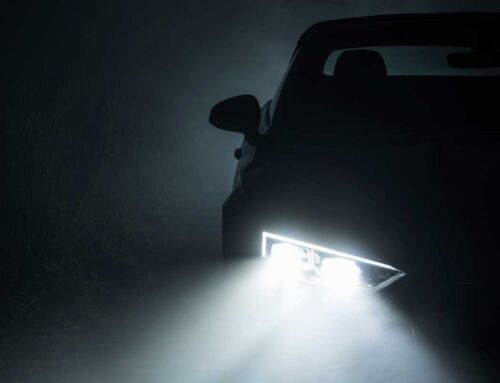 Given that we’re living in a golden age of technology, it’s no surprise that most aspects of our lives are what would be considered science fiction a hundred years ago. For example, the ability to enter and turn on your car without using a key is something 20 years we would have not thought possible, certainly not when the first cars were rolling off the assembly line. Keyless Ignition allows drivers to turn on their vehicles with the touch of a button instead of a turn of the key, making them feel like James Bond, or some other suave and sophisticated person. However, this remote entry and start is not without its downsides.
Given that we’re living in a golden age of technology, it’s no surprise that most aspects of our lives are what would be considered science fiction a hundred years ago. For example, the ability to enter and turn on your car without using a key is something 20 years we would have not thought possible, certainly not when the first cars were rolling off the assembly line. Keyless Ignition allows drivers to turn on their vehicles with the touch of a button instead of a turn of the key, making them feel like James Bond, or some other suave and sophisticated person. However, this remote entry and start is not without its downsides.
Although the keyless ignition system has been around since the mid-90s, it hasn’t been until relatively recently that it’s becoming more standard on new vehicles. The way the system works is that your key emits a signal that is then received by the car, telling it to unlock the doors and allow the engine to be started. For this to work, there is a signal “bubble” around the car, meaning that if your key is within a certain range of the car, it will unlock and be able to be started. It doesn’t take long to figure out that there could be potential drawbacks to such a system, most notably security. For some models, the “bubble” can be relatively large, meaning that your car could unlock if you pass in the vicinity, even if you’re not heading to the car. Thieves could easily manipulate this system to steal valuables from within the car. Some insurance companies, for example, will not insure cars with this system unless there are other safety measures in place.
Unfortunately, however, the ability to access your car without breaking into it is not the worst aspect of keyless ignition systems. Recently, in California, several major automakers including Toyota, Honda, and Nissan were sued, citing the fact that the remote ignition has led to accidental deaths. Because these systems have not been around for very long, drivers can accidentally leave the engine running after leaving the vehicle. People are not quite used to the fact that the car can stay on, even if the key is outside of it. As a result, several people have died due to toxic fumes emitted from the exhaust filling up their homes and garages. Although many of these systems have a warning signal when the engine is still on, the lawsuit urges car makers to install an auto-shutoff system if the car is idling for too long. They cite 27 complaints by various drivers and agencies regarding installation of such shutoff systems.
While the decision of the suit is still pending, it does highlight the potential danger of implementing new technology rapidly without allowing people to adjust to the possible consequences. Much like phone users getting into accidents by typing on their phones while driving or walking, it’s important that we understand that, while sophisticated machines are incredibly useful, they still require humans to use them. As has been proven before, people don’t upgrade as fast as technology does.




